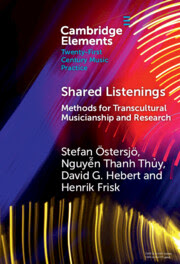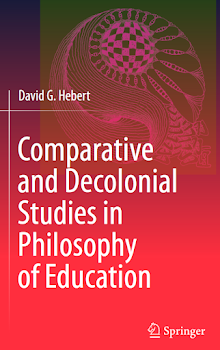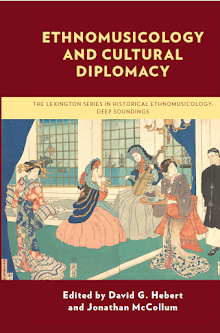Congratulations to Dr. Tapani Heikinheimo for completion of his doctoral degree at the
Here is a link to the study:
http://ethesis.siba.fi/ethesis/files/nbnfife200911162351.pdf
Here is its abstract:
Previous research on one-to-one instrumental music lessons in higher education has shown asymmetrical relations between teachers and students and an emphasis on expression and technique in both implicit and explicit strategies of teaching and learning. In order to rethink the practice of instrumental and vocal pedagogy, to better understand such multivoiced musical and pedagogical interactions and to enhance musicianship, this study introduced and examined intensity as a relational phenomenon and as constituting a factor in interaction between teacher and student. Intensity of Interaction offers an overview of the dynamic character of the musical and pedagogical dialogue. It aims to encompass both instrumental lesson activity as a whole, and to reveal detailed elements of the teacher-student work. In order to theoretically frame and conceptualize the instrumental music lesson as a teaching and learning activity, the present study draws on pragmatist philosophy and cultural historical activity theory. The following twofold question guided the study:
How does Intensity of Interaction constitute musical and pedagogical meaning construction in instrumental or vocal teaching and learning and to which features of verbal and musical communication is Intensity of Interaction connected?
This study gathered data during a period of 3 years, through interactive processes and events in 22 lessons, using observations, video and audio recordings, field notes, intensity ratings, and stimulated recall interviews. The analysis viewed the data from two parallel perspectives on the lesson interaction. The first perspective considered meaning construction in the lesson activity. The other perspective entailed interpretation of the intensity ratings, that is, the perceived meaningfulness of joint musical engagement. The analysis combined these two empirical sources of information in the framework of Activity Theory.
The study and the analysis of the data consisted of the following phases: (1) formulation and testing of methods for analysis of Intensity of Interaction based on the intensity ratings and the Method of Voices from the field of Activity Theory, (2) determination, through application of this theory and method, of ways that music teaching and learning strategies arise through internal contradictions within various forms of a) musical play, b) narrative play, and c) knowledge inquiry, (3) development of a description of the theoretical construct Intensity of Interaction as a key component of the teacher/student dialogue in music lessons.
As an outcome, the increased awareness regarding meaning construction and diversity of problem solving in music lessons has implications for both instrumental pedagogy and future research. Firstly, the results showed how Intensity of Interaction is related to teaching and learning strategies. Secondly, Intensity of Interaction highlights qualitative elements in teacher-student work, which create musical and personal growth and development. Thirdly, the findings of this study challenged the paradigm of efficiency, in which efficiency of teaching is related to high teacher intensity and inefficiency related to low teacher intensity in instrumental instruction. Fourthly, Intensity of Interaction is comprised of the continuity of tension between sense making and awareness of musical reality, sense making and conventional meaning, and musical-pedagogical concepts versus musical-pedagogical reality.
Articulation of the contradictions facilitates change as an outcome of relations in which the two polarities are not exclusive but are brought into accord through a dialogical process. Consequently, Intensity of Interaction opens up prospects of development in lesson content and structure. In all, this study highlights the sensitive nature of the teacher-student interactions and the pragmatic value of Intensity of Interaction in educating musicians and in developing the teacher-student work. This suggests the usefulness of Intensity of Interaction as a tool for self-observation and teacher education, elaborating more reflective teaching and learning contexts within instrumental pedagogy.
Congratulations to
It was a pleasure to serve as co-supervisor of Tapani's doctoral dissertation, along with activity theory expert Ritva Engestrom and music education philosopher Heidi Westerlund.
























No comments:
Post a Comment